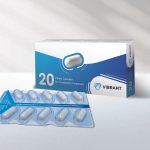
A new treatment for chronic constipation may bring relief without having to use drugs. It’s a vibrating pill called Vibrant that stimulates the colon as it passes through the body. Although the pill was approved by the U.S. Food and Drug Administration last August, doctors can start prescribing Vibrant this week. “We are working right now with insurance companies to obtain coverage in commercial plans,” Cathy Collis, chief commercial officer for Vibrant Gastro Inc., told CNN. “But until we get that coverage, our goal and commitment is to make sure that this is accessible and affordable to patients.” The company had to show the pills contained no toxic materials, could withstand an accidental bite and didn’t carry risk of infections, getting stuck, irritating tissues or interfering with other medical devices, CNN reported. A person prescribed the pill would take it at bedtime daily. The pill would then travel through the stomach and small intestine before reaching the large intestine about 14 hours later and stimulating nerve cells. In doing this, it causes muscle contractions that move food out. The pill then leaves the body with the feces. The pills are made of medical-grade material similar to what gastroenterologists use for pill cameras, CNN reported. Vibrant is intended for the 10% to 20% of people who live with chronic constipation, having fewer than three bowel movements… read on > read on >


















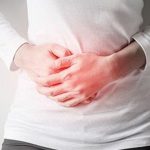


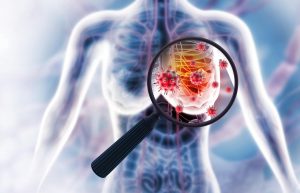

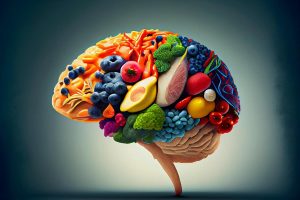








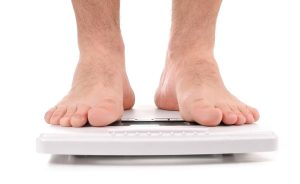

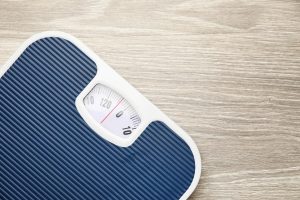
-300x169.jpg)


